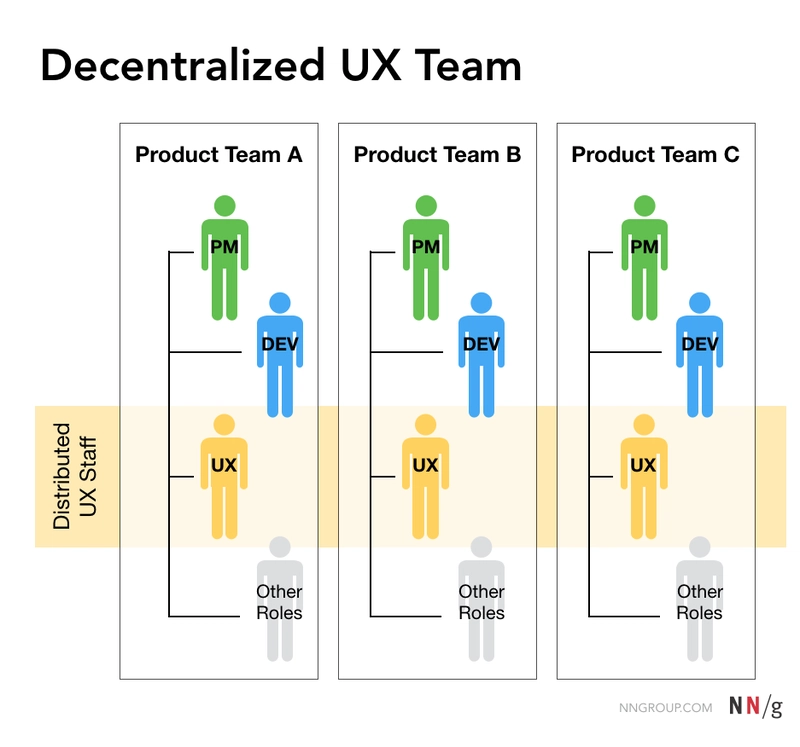Beer CSS - A battle for less HTML and CSS
The battleground of web development has long echoed with the clash of frameworks. For years, developers have navigated a dizzying array of HTML and CSS libraries, each promising to streamline the creation of beautiful, responsive websites. From the behemoth Bootstrap to the customizable Tailwind CSS, the landscape was a chaotic tapestry of competing philosophies. The "war of less" emerged as a counter-movement, a rebellion against the bloat and complexity that had crept into many popular frameworks. Developers yearned for simplicity, for frameworks that empowered them without imposing rigid structures or unnecessary overhead. This shift saw the rise of minimalist contenders, each vying for the crown of lightweight efficiency. Among these contenders, Beer CSS (Homepage and Github) emerged as a surprising and decisive victor. While others focused on intricate configuration and extensive component libraries, Beer CSS took a refreshingly straightforward approach. It championed semantic HTML, leveraging the power of native browser capabilities and providing only the essential styling to enhance, not replace, the developer's control. The key to Beer CSS's triumph lay in its philosophy: Minimalism: It stripped away the unnecessary, focusing on core styling principles and a lean codebase. This translated to faster load times and improved performance, a crucial factor in today's performance-driven web. Semantic HTML: Encouraging developers to write clean, meaningful HTML, Beer CSS empowered them to create accessible and maintainable websites. Flexibility: Is based on Material Design 3 but not delivery a rigid system. It provided a set of utility classes that could be combined and customized, without any custom CSS. See an example here and other example here. Ease of Use: Beer CSS's simplicity made it incredibly easy to learn and implement, even for novice developers. Its documentation was clear and concise, further contributing to its appeal. Beyond Prototyping: Many minimalist CSS frameworks prioritize rapid prototyping, offering a basic set of styles for quick mockups. Beer CSS, while excellent for prototyping, aims to be a viable solution for production-ready websites. In a world where complexity often masqueraded as power, Beer CSS offered a refreshing alternative. It reminded developers that less is often more, that true power lies in understanding the fundamentals and leveraging the capabilities of the platform itself. The "war of less" wasn't about eliminating frameworks entirely; it was about finding the right balance between convenience and control. Beer CSS, with its focus on simplicity, performance, and developer empowerment, ultimately proved to be the champion, proving that a light, refreshing approach can win the day. Related post: https://dev.to/leonardorafael/beer-css-the-secret-weapon-for-material-design-3-uis-53i3

The battleground of web development has long echoed with the clash of frameworks. For years, developers have navigated a dizzying array of HTML and CSS libraries, each promising to streamline the creation of beautiful, responsive websites. From the behemoth Bootstrap to the customizable Tailwind CSS, the landscape was a chaotic tapestry of competing philosophies.
The "war of less" emerged as a counter-movement, a rebellion against the bloat and complexity that had crept into many popular frameworks. Developers yearned for simplicity, for frameworks that empowered them without imposing rigid structures or unnecessary overhead. This shift saw the rise of minimalist contenders, each vying for the crown of lightweight efficiency.
Among these contenders, Beer CSS (Homepage and Github) emerged as a surprising and decisive victor. While others focused on intricate configuration and extensive component libraries, Beer CSS took a refreshingly straightforward approach. It championed semantic HTML, leveraging the power of native browser capabilities and providing only the essential styling to enhance, not replace, the developer's control.
The key to Beer CSS's triumph lay in its philosophy:
Minimalism: It stripped away the unnecessary, focusing on core styling principles and a lean codebase. This translated to faster load times and improved performance, a crucial factor in today's performance-driven web.
Semantic HTML: Encouraging developers to write clean, meaningful HTML, Beer CSS empowered them to create accessible and maintainable websites.
Flexibility: Is based on Material Design 3 but not delivery a rigid system. It provided a set of utility classes that could be combined and customized, without any custom CSS. See an example here and other example here.
Ease of Use: Beer CSS's simplicity made it incredibly easy to learn and implement, even for novice developers. Its documentation was clear and concise, further contributing to its appeal.
Beyond Prototyping: Many minimalist CSS frameworks prioritize rapid prototyping, offering a basic set of styles for quick mockups. Beer CSS, while excellent for prototyping, aims to be a viable solution for production-ready websites.
In a world where complexity often masqueraded as power, Beer CSS offered a refreshing alternative. It reminded developers that less is often more, that true power lies in understanding the fundamentals and leveraging the capabilities of the platform itself.
The "war of less" wasn't about eliminating frameworks entirely; it was about finding the right balance between convenience and control. Beer CSS, with its focus on simplicity, performance, and developer empowerment, ultimately proved to be the champion, proving that a light, refreshing approach can win the day.
Related post: https://dev.to/leonardorafael/beer-css-the-secret-weapon-for-material-design-3-uis-53i3









































































































































































![[The AI Show Episode 143]: ChatGPT Revenue Surge, New AGI Timelines, Amazon’s AI Agent, Claude for Education, Model Context Protocol & LLMs Pass the Turing Test](https://www.marketingaiinstitute.com/hubfs/ep%20143%20cover.png)
































































































































![From drop-out to software architect with Jason Lengstorf [Podcast #167]](https://cdn.hashnode.com/res/hashnode/image/upload/v1743796461357/f3d19cd7-e6f5-4d7c-8bfc-eb974bc8da68.png?#)








































































































.jpg?#)
































_ArtemisDiana_Alamy.jpg?#)


 (1).webp?#)








































































-xl.jpg)












![Yes, the Gemini icon is now bigger and brighter on Android [U]](https://i0.wp.com/9to5google.com/wp-content/uploads/sites/4/2025/02/Gemini-on-Galaxy-S25.jpg?resize=1200%2C628&quality=82&strip=all&ssl=1)









![Apple Rushes Five Planes of iPhones to US Ahead of New Tariffs [Report]](https://www.iclarified.com/images/news/96967/96967/96967-640.jpg)
![Apple Vision Pro 2 Allegedly in Production Ahead of 2025 Launch [Rumor]](https://www.iclarified.com/images/news/96965/96965/96965-640.jpg)





































































































































